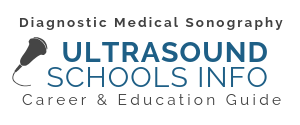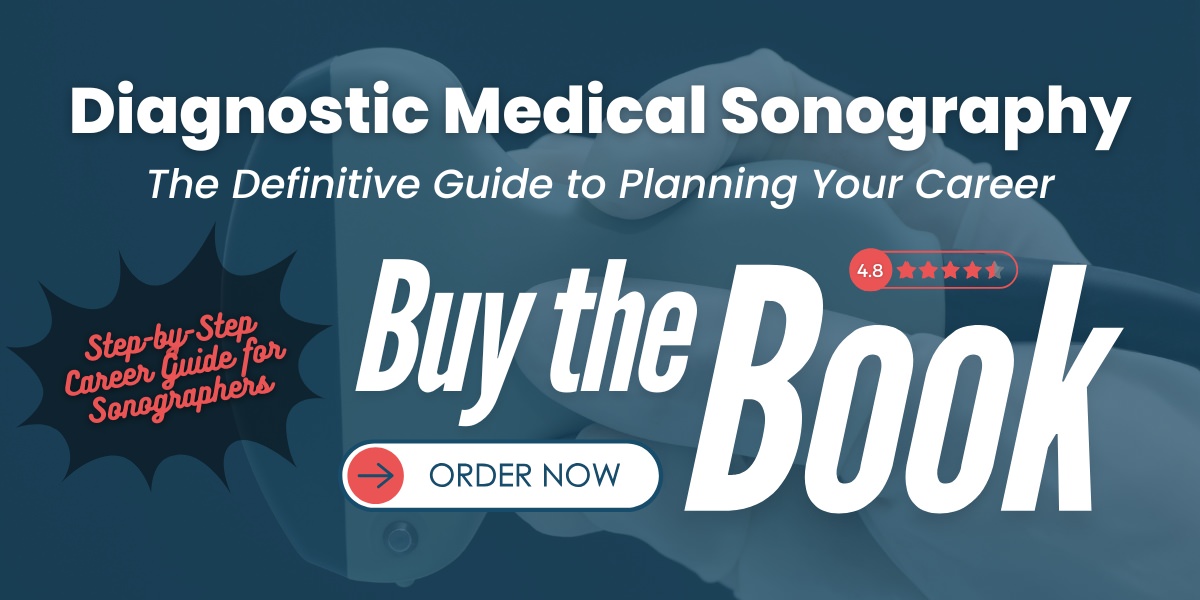Find Utah’s Sonography Programs in 2025
Ultrasound technologists in Utah play a vital role in healthcare, working closely with physicians to capture images of the body’s internal structures using advanced technology. The educational path is relatively short—typically requiring a two-year Associate of Applied Science (A.A.S.) degree—but the training is rigorous. A strong foundation in math or science, combined with a commitment to patient care, is essential for success.
With job growth expected both locally and across the nation, sonography presents excellent opportunities, particularly in areas like Salt Lake City, Provo, Ogden, and St. George, where healthcare services are expanding. Below, you’ll find information on accredited sonography programs and the certification requirements to practice in the state. If a program isn’t available nearby, consider exploring related healthcare fields, as the medical industry continues to grow across many sectors.
How to Become an Ultrasound Tech in Utah
- Choose an Accredited Ultrasound Program. There are many factors to consider when researching schools, and the accreditation of the program needs to be at the top. If possible, select one that has been accredited by CAAHEP so that you’ll know it meets or exceeds industry standards.
- Get Your Degree. A minimum of a two-year Associate of Science in DMS degree is required for entry-level positions. Some schools offer accelerated Certificate programs for those who meet the educational and experiential prerequisites.
- Obtain Your Credentials. Potential employers will likely require you to become certified through the ARDMS. Graduating from a CAAHEP accredited program will meet the prerequisite to sit for the exams.

Connect with Educational Programs near You
Why Choose an Accredited Diagnostic Sonography Program?
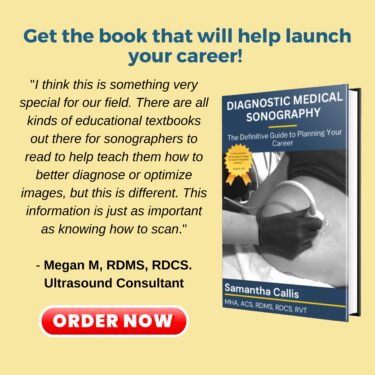 Receiving a quality education and participating in a clinicals program is very important to the training of a sonographer. The best way to ensure that you are receiving the level of education that you deserve is by researching the accreditation of the program and the institution. In medical sonography, the primary accrediting body is the Commission on Accreditation of Allied Health Education Programs (CAAHEP).
Receiving a quality education and participating in a clinicals program is very important to the training of a sonographer. The best way to ensure that you are receiving the level of education that you deserve is by researching the accreditation of the program and the institution. In medical sonography, the primary accrediting body is the Commission on Accreditation of Allied Health Education Programs (CAAHEP).
Unfortunately, Utah does not have any CAAHEP accredited sonography programs. There are, however, other allied health programs that have received their accreditation. There are also certificate programs available to future sonographers who have achieved the necessary prerequisite degrees. Some of these options will be discussed below.
Accredited Medical Imaging Programs in Utah in 2025
Below are some of the Utah based CAAHEP and/or ARRT accredited programs available within the field of allied health and medical imaging as of October 2024:
| School | Programs Offered | Prerequisites | How to Apply |
|---|---|---|---|
| Dixie State University 225 South 700 East St. George, UT 84770 |
AAS in surgical technology | Open to current DSU students. Prereq courses in math, science, and English are required | Application period opens in January. Visit the admissions page for DSU to learn more. |
| Weber State University 2301 Ashton Blvd Lehi, UT 84043 |
AAS in Radiography
Emergency Medical Services-Paramedic |
There are prerequisite courses in Anatomy, Physiology, and English | Start the application process online. |
| Univ of Utah School of Medicine 50 North Medical Dr Salt Lake City, UT 84132 |
12-Month Certificate Program for Neurodiagnostic Technologists |
|
Applications accepted Jan – April 4. Email application, resume, and 2 letters of reference. |
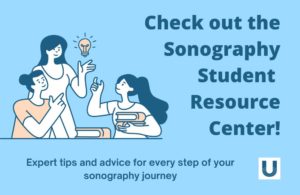
Get Real Advice From Sonography Students, Professionals, and Professors
Visit our student resource center for articles from some of the top sonographers around the country. Whether you’re just starting out or looking to move up the career ladder, our experts can help.
Certification Requirements in Utah
The state of Utah does not currently require its ultrasound techs to carry a state license or a particular credential. However, almost all employers require that their sonographers be certified.
Obtaining Certification in Utah
The American Registry for Diagnostic Medical Sonography (ARDMS) is the most well-known and regarded certification organization. They administer tests in sonography and many of its related specialties, and you must pass one of those tests to be awarded their certification.
In order to sit for the exam, you must meet one of the prerequisites that the ARDMS has set forth. Probably the most common one is to graduate from a program accredited by the CAAHEP, but there are others as well. Review the list found on the ARDMS website and see which prerequisite will be the easiest for you to meet.
Typically, the school where you are completing your degree will help facilitate the enrollment in the exam. Testing locations can be found on the website of the test administrator, PearsonVue.
Utah Sonography Student Scholarships
Below are just a few of the scholarships available to those students who qualify in Utah:
Ultrasound Schools Info Scholarship
Award: $1,000
Eligibility: Aspiring sonographer currently enrolled in/accepted to a CAAHEP accredited DMS program.
How to Apply:
Ultrasound Schools Info
Attn: Scholarship Committee
PO Box 3026
Bellingham, WA 98227
scholarship@ultrasoundschoolsinfo.com
ASRT Foundation Scholarships
Award: Varies
Eligibility: A collection of scholarships available to ASRT members. Eligibility may vary.
How to Apply:
ASRT Foundation
15000 Central Ave. SE
Albuquerque, NM 87123-3909 USA
800-444-2778
foundation@asrt.org
Horatio Alger Association Career and Technical Scholarships
Award: Up to $2,500
Eligibility: Awarded to students who have overcome adversity and are pursuing a career or technical degree at an accredited non-profit institution.
How to Apply: Complete the online application.
SDMS Foundation Sonography Student Scholarship Program
Award: $2,500
Eligibility: Sonography student who has been accepted or is currently enrolled in a CAAHEP accredited diagnostic medical sonography or cardiovascular technology program.
How to Apply: Contact the SDMS Foundation at
214-473-8057 or scholarship@sdmsfoundation.org
Additional Certification Information
Certification overview
About the ARDMS
How Much do Ultrasound Techs Earn in Utah?
Medical sonography is one of the highest paying fields available with just a two-year degree.
- Diagnostic medical sonographers in Utah earned a mean annual salary of $92,610 in 2023, which is higher than the national median (conditions in your area may vary).
- Entry level positions pay up to about $75,570 a year
- Utah is ranked 2nd in the U.S. for expected job growth. By 2030, there may be up to 32% more job openings than in 2020
Career Resources
Sonographer overview
Other jobs in healthcare
Is a job in healthcare the right one for you?
Advice From the Experts
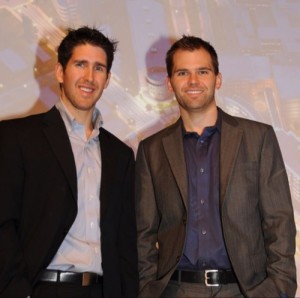
Dr. Dawson (MD, RDMS, RDCS) the Director of Emergency Ultrasound at the University of Kentucky and Director of Ultrasound for Mesa Medical Group, and Dr. Mallin (MD, RDCS, RDMS, ASCeXAM) the Director of Emergency Ultrasound and the Emergency Ultrasound Fellowship at the University of Utah, founders and co-hosts of the Ultrasound Podcast.
“Most of our listeners are clinicians, physician assistants, medical students, residents, ultrasound techs…Most of the information we cover is clinically oriented so I think anyone using or considering using ultrasound to take better care of their patients could gain something from our podcast…. and maybe teach us a thing or two (which actually happens a good bit).”
